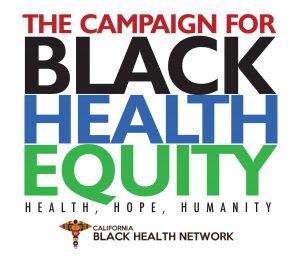California has the highest poverty rate in the nation. According to a joint research effort by the Public Policy Institute of California (PPIC) and the Stanford Center on Poverty and Inequality, 17.6% of Californians (about 6.8 million) lacked enough resources per year for a family of four to meet basic needs in 2018. Furthermore, nearly one in five (17.6%) Californians lived fairly close to the poverty line, meaning more than a third of Californians are living in or near poverty.
Black and African Americans have the highest rate of poverty compared to any other racial and ethnic group in America (18.8%) and the second highest poverty rate in California (18.2%). Poverty is highly correlated with poor health outcomes and increased morbidity and mortality. Poverty is a leading predictor for lacking basic human essentials including clean water, nutrition, health care, education, clothing, and shelter. Moreover, heart disease, diabetes, obesity, elevated blood lead levels, and low birth weight are all more prevalent among low-income individuals.
The persistent income and wealth gap in America perpetuates a cycle of economic struggle for Blacks and African Americans. Federal, state, and local policies have caused these economic inequities, therefore, CBHN advocates for equitable policies that will prevent individuals from falling into poverty and lift individuals out of poverty by:
- Supporting investments in job creation strategies
- Advocating for affordable housing
- Supporting investments in affordable, high-quality childcare and early education
- Strengthening the Earned Income Tax Credit (EITC)
- Supporting policies and initiatives that would promote desegregating neighborhoods and provide a remedy for the state-sanctioned policies that caused high poverty rates in the Black and African American community




